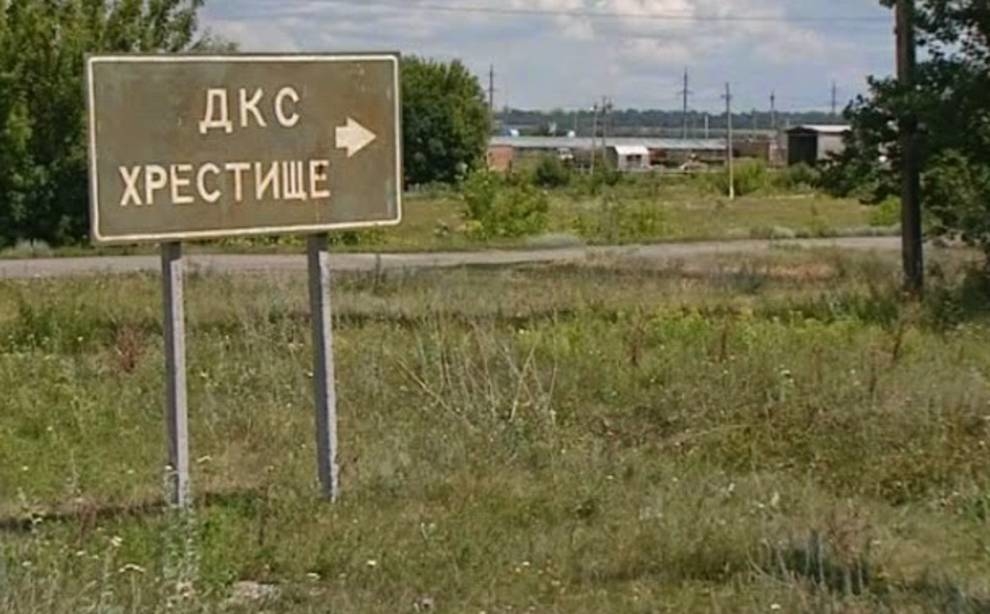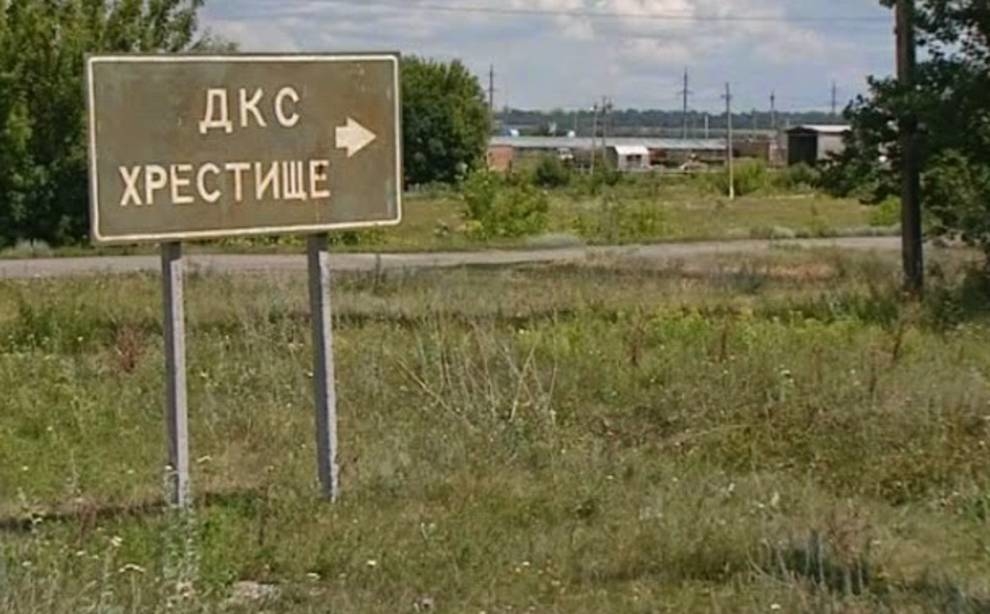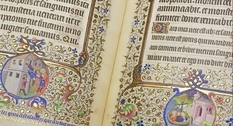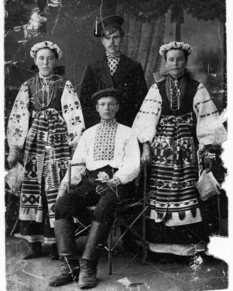
What ended the nuclear experiment near Kharkov in 1972?
On July 9, 1972, the first industrial underground nuclear explosion was carried out on the territory of the Ukrainian SSR. It happened in the vicinity of the village Krestishche Kharkiv region in order to close the emergency gas emissions. The code name of the operation is “Torch”.
Four years earlier, a large gas field of 300 billion cubic meters was discovered here. Literally immediately after this, its mining began. But while drilling wells, a number of engineering errors were made.
In 1971, gas condensate was released at well No. 35. Gas pressure reached about 400 atmospheres. With the discharge pressure from the upper platform of the oil rig, two engineers were dropped to the ground, who, having fallen from a height of more than 30 m, were killed.
It was not possible to stop the release of gas during the day, and to prevent accidental ignition and explosion, it was decided to set fire to the well. The flame of the flame rose to a height of several tens of meters and could not be extinguished for about a year. The entire drilling complex was gradually absorbed by the resulting huge failure. It was proposed to hammer an emergency well with a nuclear explosion.
The decree on the use of an industrial nuclear explosion to stop the gas fountain was signed personally by Leonid Brezhnev and Alexey Kosygin. The execution of the explosion was entrusted to the Ministry of Medium Machine Building.

Preparation for the explosion took 4 months and took place in an atmosphere of secrecy. By the middle of the summer of 1972, preparatory work in the area of the burning well was completed. On the side of the emergency column, an inclined well was drilled with a length of 2400 m and a cylindrical special charge — a nuclear explosive device — was placed in it.
The territory adjacent to the torch was divided into three annular zones with a radius of 3, 5 and 8 km. The inner ring with a radius of 400 m from the epicenter of the future explosion was enclosed as a special zone and covered with a layer of river sand 20 cm thick. Experimental animals — chickens, goats, and beehives with bees — were placed on the border of each zone.
An hour before the blast, all residents were temporarily evacuated to the village of Khrestische, 2 km from the epicenter. All water supply systems were shut off and the electrical grid disconnected.
On July 9, 1972, at exactly 10 am local time, the nuclear device detonated at a depth of 2483 meters and a capacity of 3.8 kt. After 20 seconds, a powerful gas fountain mixed with rock broke out of the crater around the well to a height of about 1 km. A minute later a characteristic mushroom-shaped cloud of a nuclear explosion formed.
The experiment was not successful - it was not possible to close the release by means of an explosion. The gas torch was extinguished after a few months using standard methods - digging a well.
People returned to the village 30 minutes after the explosion. There are no official data on the impact of the “Torch” explosion on people's health, because after the residents addressed the authorities and the government they did not recognize anyone as victims.
Four years earlier, a large gas field of 300 billion cubic meters was discovered here. Literally immediately after this, its mining began. But while drilling wells, a number of engineering errors were made.
In 1971, gas condensate was released at well No. 35. Gas pressure reached about 400 atmospheres. With the discharge pressure from the upper platform of the oil rig, two engineers were dropped to the ground, who, having fallen from a height of more than 30 m, were killed.
It was not possible to stop the release of gas during the day, and to prevent accidental ignition and explosion, it was decided to set fire to the well. The flame of the flame rose to a height of several tens of meters and could not be extinguished for about a year. The entire drilling complex was gradually absorbed by the resulting huge failure. It was proposed to hammer an emergency well with a nuclear explosion.
The decree on the use of an industrial nuclear explosion to stop the gas fountain was signed personally by Leonid Brezhnev and Alexey Kosygin. The execution of the explosion was entrusted to the Ministry of Medium Machine Building.

Photo © uk.wikipedia.org
Preparation for the explosion took 4 months and took place in an atmosphere of secrecy. By the middle of the summer of 1972, preparatory work in the area of the burning well was completed. On the side of the emergency column, an inclined well was drilled with a length of 2400 m and a cylindrical special charge — a nuclear explosive device — was placed in it.
The territory adjacent to the torch was divided into three annular zones with a radius of 3, 5 and 8 km. The inner ring with a radius of 400 m from the epicenter of the future explosion was enclosed as a special zone and covered with a layer of river sand 20 cm thick. Experimental animals — chickens, goats, and beehives with bees — were placed on the border of each zone.
An hour before the blast, all residents were temporarily evacuated to the village of Khrestische, 2 km from the epicenter. All water supply systems were shut off and the electrical grid disconnected.
On July 9, 1972, at exactly 10 am local time, the nuclear device detonated at a depth of 2483 meters and a capacity of 3.8 kt. After 20 seconds, a powerful gas fountain mixed with rock broke out of the crater around the well to a height of about 1 km. A minute later a characteristic mushroom-shaped cloud of a nuclear explosion formed.
The experiment was not successful - it was not possible to close the release by means of an explosion. The gas torch was extinguished after a few months using standard methods - digging a well.
People returned to the village 30 minutes after the explosion. There are no official data on the impact of the “Torch” explosion on people's health, because after the residents addressed the authorities and the government they did not recognize anyone as victims.


